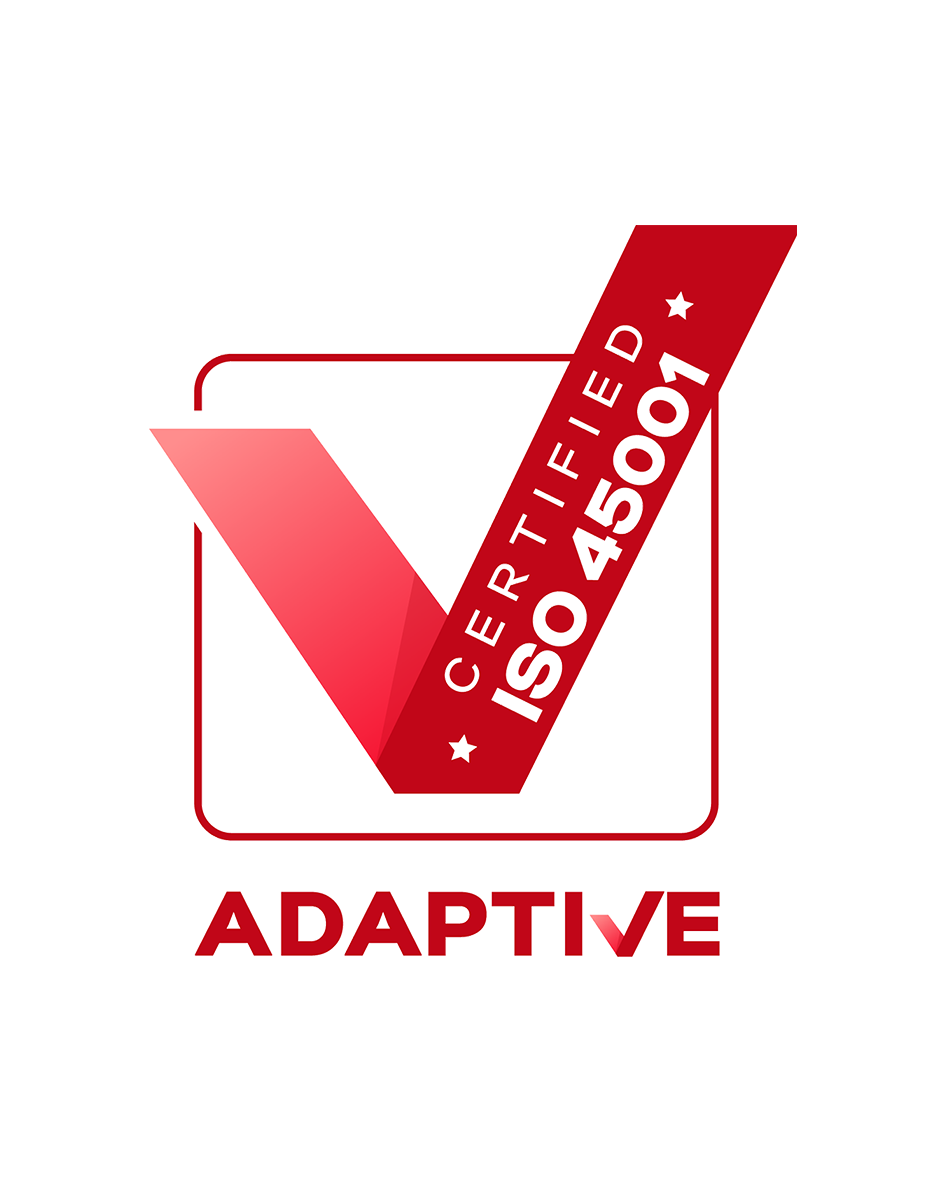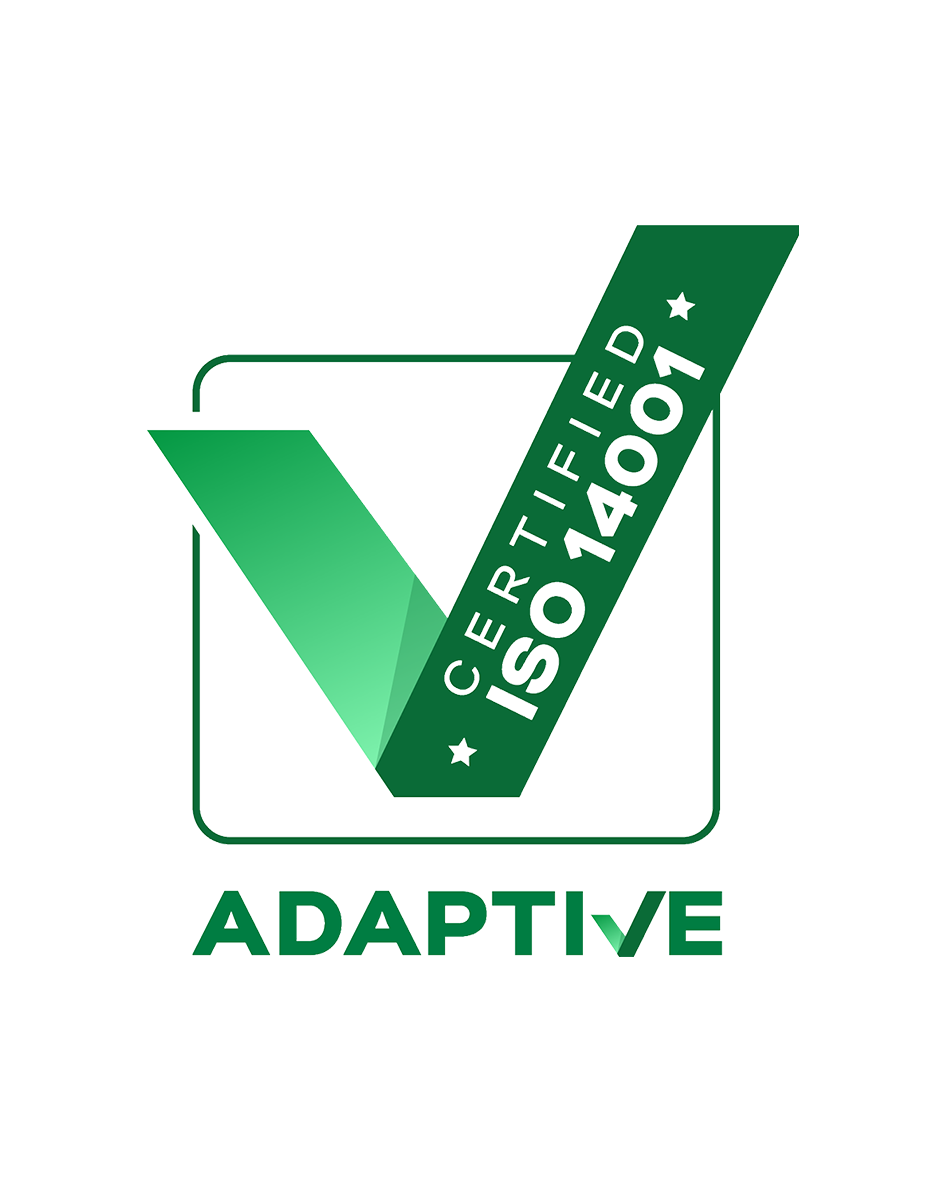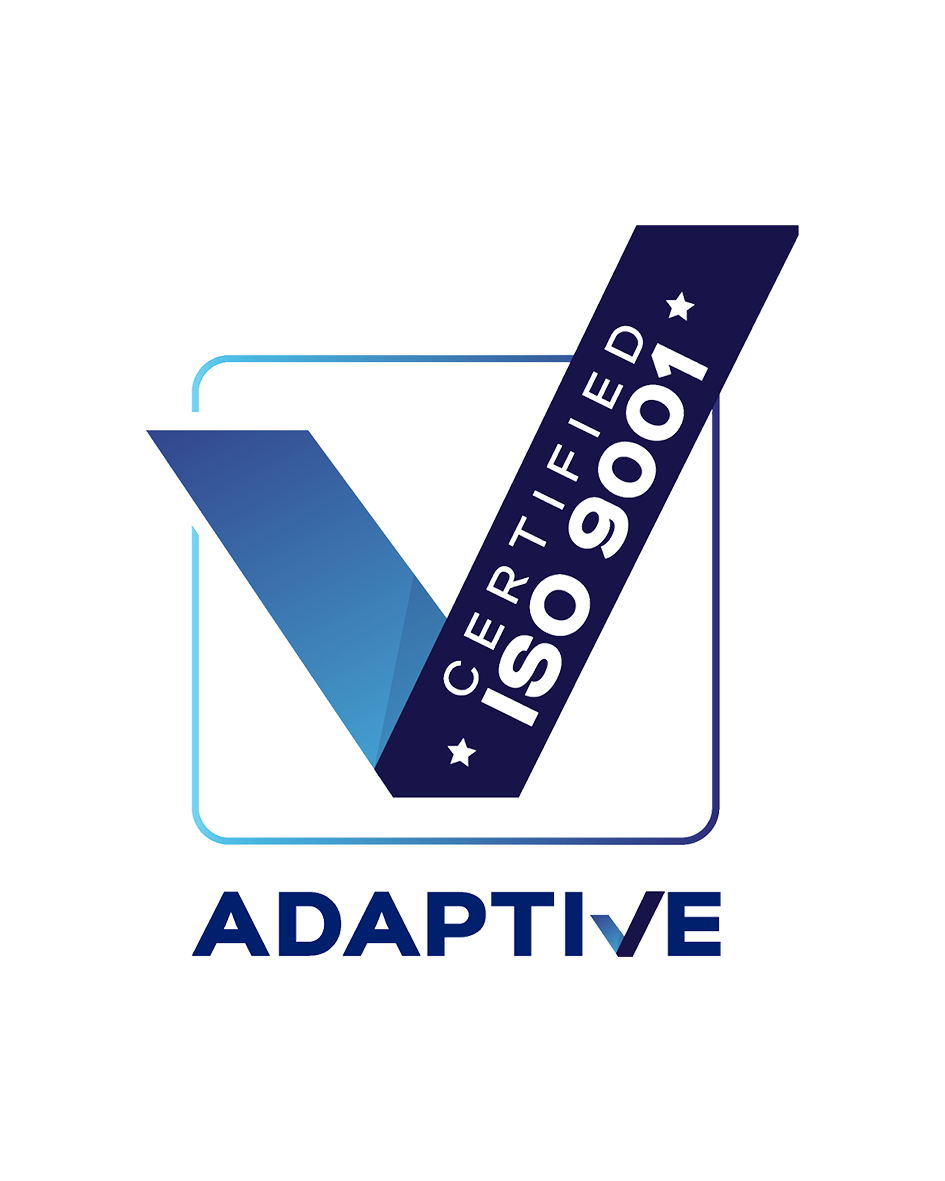Mainmark’s new CEO, Peter Bierton, is no stranger to large-scale infrastructure demands.
With decades of leadership in civil, transport and utilities at companies like Downer and UGL, Peter Bierton is now steering the ground engineering company into what he sees as its next logical evolution: becoming a central player in asset preservation and ground engineering solutions, not just an innovator in proprietary products.
“Mainmark has been bold about bringing new solutions to market. Whether in response to natural disasters or infrastructure deterioration, it’s time to connect those innovations directly to the problems clients face daily,” Bierton says.
That means repositioning Mainmark from being viewed as a niche supplier of resin injection solutions to a strategic partner in infrastructure asset management. The message is particularly timely.
As Australia’s infrastructure ages, urbanisation intensifies, and climate stresses mount, public and private asset owners face increasing challenges in keeping critical assets operational and safe, without the budget blowouts and downtime that comes with full-scale replacements.
Optimising asset management
“Good asset management is about optimisation,” Bierton says.
“Getting the most out of the asset, ensuring dollars are spent wisely. Mainmark’s role is helping reduce not only the cost of remediation but also the cost of downtime.”
Mainmark’s suite of non-invasive solutions includes technologies such as Teretek® for ground improvement and re-levelling or Terefil®, an engineered foamed concrete used in void filling and temporary works. These solutions offer an alternative to traditional repair and allow work to be carried out under live conditions, minimising the need for closures or disruptions.
“It’s not just about mitigating repair costs,” Bierton notes, “it’s also about avoiding interruption.”
“Whether it’s a road, rail line or airport runway, the cost of shutting down operations can be enormous. Our solutions often remove that need entirely.”
From airports in Sydney to Tokyo, to remote highways and industrial facilities, Mainmark’s methods have been tested in high-stress, time-sensitive environments. The challenge now, Bierton says, is scaling those applications across broader sectors.
Engineering trust in new solutions
Russell Deller, Mainmark’s Infrastructure Advisor, has seen firsthand how the industry’s perception can lag behind the capabilities of the technology.
“Even after 30 years in the market, we’re still perceived as new,” Deller says.
“There’s a noticeable awareness gap, particularly among some traditional segments of the engineering community.”
While younger engineers are often more open to innovative techniques, Deller observes that more experienced practitioners may take longer to embrace methods like resin injection, which represent a shift from long-established, more invasive practices.
That conservatism is understandable, he says, but costly.
“Every year you delay intervention, the cost multiplies,” Deller says.
“For example, if we’re brought in when slab or pavement movement begins, the fix is straightforward. Wait until failure, and it might be three or four times more expensive.”
The value of prevention and preservation
While both Deller and Bierton champion preventative maintenance, they acknowledge that many infrastructure managers are still playing catch-up.
“There’s no question prevention is better than a cure,” Bierton says, “but many networks are already beyond that point. Decades of underinvestment in preventative work means we’re now in reaction mode for many assets.”
Mainmark is advocating for its solutions to be built into government asset lifecycle strategies from the outset, embedding preservation as part of the infrastructure planning process, not as an emergency option.
“Whether it’s during construction or early operation, there’s huge benefit in including solutions like ours upfront,” Bierton says.
“It extends life, lowers long-term cost and reduces operational risk.”
Applications across road, rail, and utilities
Mainmark’s solutions have broad applications, but Bierton sees several infrastructure categories as particularly ready for transformation.
“In roads, we can address roughness and failed pavements, particularly on heavy-use corridors where downtime is a problem,” he says.
“In rail, we can realign bridge approaches, address settlement, and improve ballast performance. In utilities, we’re a natural fit for addressing ground movement under assets like pump stations.”
One recent project example involved sections of sinking concrete roadway on a busy motorway in Northern NSW.
These sections posed a significant safety hazard to motorists. During night roadworks, with one lane fully operational and the other closed for treatment, Mainmark performed ground improvement and level correction using Teretek resin injection.
The fast, non-invasive solution allowed the crew to stabilise and re-level the concrete roadway quickly, enabling the road to reopen immediately upon completion, minimising traffic disruption. This solution proved cost-effective and efficient compared to traditional replacement methods and ideal for high-traffic roadways.
Successful delivery of this project is part of the ongoing support that Mainmark provides in improving ride quality and extending the usable life of the road.
Engineered foam concrete: Terefil®
One of the most promising growth areas, Bierton believes, is Mainmark’s engineered foam concrete, Terefil.
“Compared to traditional concrete, Terefil offers exceptional volume yield per truckload, no compaction required, and less weight on surrounding structures,” he says.
“For large voids, culvert abandonments, or projects where low-density fill is required, it’s a game-changer.”
Bierton says he wants to see it adopted earlier in the design phase by developers, engineers, and utilities looking to control costs and performance from day one.
“There are jobs happening today where Terefil would save serious money and time,” Bierton says.
“But unless we’re at the table early, we can’t help.”
Capability enhancement for global growth
With demand rising and market awareness growing, workforce capability is a critical focus.
“Training a Mainmark technician doesn’t happen overnight,” Bierton says.
“It takes years to be fully competent. But we have rigorous internal standards across our global footprint, and we’re investing in scalable training and engineering support.”
This includes not just field capability, but engineering research and development as well – developing new formulations, improving application techniques, and supporting custom solutions in diverse geotechnical contexts.
Mainmark’s ambitions extend beyond Australasia, the United Kingdom and Japan, but Bierton is adamant about maintaining local responsiveness.
“You need the right people in the right places,” he says.
“That means careful planning and having a structure that supports consistency and flexibility.”
For him, global growth does not mean centralisation, it means sharing innovation while keeping execution local.
Looking ahead
Over the next 12 months, Bierton’s focus will be threefold: stabilising operating performance, resetting technology and growth strategy, and repositioning the Mainmark brand.
“We’re already known for innovation,” he says.
“Now we want to be recognised as the go-to ground engineering partner for asset preservation. Not just a company with smart products, but a solutions provider for infrastructure challenges.”
He wants asset managers, councils and contractors to think of Mainmark early, not just when things go wrong.
“The misconception,” Bierton says, “is that asset rehabilitation must be disruptive and expensive. It doesn’t have to be. The solutions exist – you just need to know they’re there.”
News
Featured News
Need help?
Need help with a project? Contact us

© 2026 The Mainmark group of companies. ‘Mainmark®’, ‘Terefil®’, ‘Terefirm®’ and ‘Teretek®’ are trademarks of the Mainmark group of companies.
Mainmark Ground Engineering Pty Ltd
ABN: 51 606 182 503






























